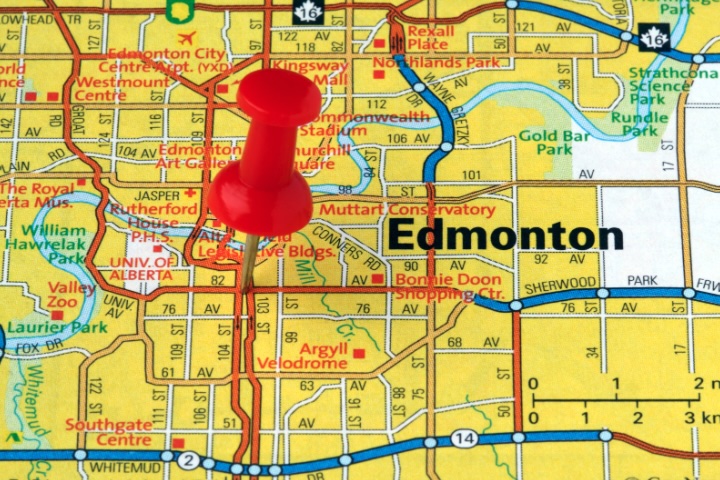Shovel-ready land shortage exacerbates housing crisis in the Greater Golden Horseshoe

In the face of a housing crisis, recent reports suggesting that the Greater Golden Horseshoe (GGH) has enough land to meet the Ontario government’s target of building 1.5 million housing units by 2031 have overlooked a critical aspect — the availability of shovel-ready sites.
A recent study conducted by the Toronto Metropolitan University Centre for Urban Research & Land Development sheds light on the shortage of approved and serviced sites as a significant contributor to the housing shortage, the resulting surge in prices and how it could undermine efforts to meet the Ontario government’s target.
Insufficient shovel-ready land supply for ground-related housing
The study’s findings reveal a severe shortage of shovel-ready land for ground-related housing, including single-detached and semi-detached houses and townhouses.
The Provincial Policy Statement 2020 (PPS) guidelines mandate municipalities to maintain a minimum three-year supply of shovel-ready land at all times. However, the study found the current supply falls significantly short, with only 1.9 years’ worth of land available, well below the required minimum of 4.0 years — a 72.5 per cent shortfall. This shortage equates to a deficit of 4,817 net hectares (10,346 net acres) of shovel-ready land for ground-related housing.
Adequacy of shovel-ready sites for apartments
While the supply of shovel-ready sites for apartments surpasses the minimum requirement set by the PPS, the study’s authors note that it is crucial to consider other housing options that can serve as close substitutes for ground-related housing. Ground-related housing refers to residential units directly connected to the ground or have their own individual plot of land.
Stacked townhomes, garden apartments, and quadruplexes are highlighted as potential solutions that provide more affordable alternatives. By emphasizing the availability of these housing options alongside high-rise apartments, the housing needs of the diverse population in the GGH can be better addressed.
Disaggregating municipal housing targets
One of the notable shortcomings of provincial initiatives is the failure to disaggregate municipal housing targets by unit type. The study emphasizes that understanding the demand for different types of housing, including ground-related options, allows municipalities to allocate their resources more effectively and cater to the specific needs of their communities. By encouraging a range of housing options, potential homebuyers and renters are afforded more choice and flexibility.
Monitoring and maintaining an ample supply of shovel-ready land
To ensure a competitive land marketplace that allows for choice and flexibility, maintaining an ample supply of shovel-ready land is paramount. The study recommends that municipalities regularly monitor their inventories of shovel-ready land to comply with the PPS policy.
Additionally, the provincial government should prioritize the availability of affordable options that serve as substitutes for ground-related housing. Promoting the development of stacked townhomes, garden apartments, and quadruplexes can contribute to a more diverse housing market and help alleviate affordability concerns.
Addressing the housing crisis
The report acknowledges the efforts made by the Province to increase the supply of new housing through initiatives aimed at simplifying the planning system and encouraging more land availability. These initiatives include establishing ambitious housing targets, encouraging intensification around transit stations, promoting gentle densification in existing communities, and simplifying the land use planning process. However, the report emphasizes the need for disaggregated targets by unit type and regular monitoring of shovel-ready land inventories by municipalities.
Categories
Recent Posts











